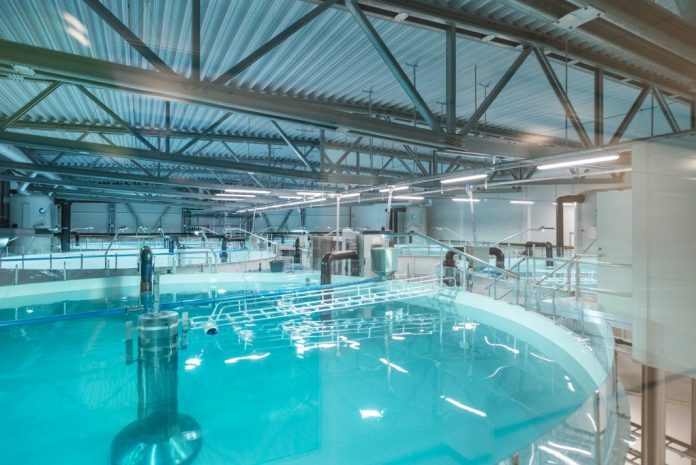Fish farming skills can be a bigger bottleneck than capital.
In the shadow of the coronavirus, one of last year’s major fish farming stories has been the huge new focus on land-based salmon farms. In the last year alone, construction plans for facilities for one million tonnes of salmon on land have emerged. At the time of writing, there are plans, with varying degrees of funding, of just under 1.9 million tonnes in production capacity.
To build these facilities, capital is needed. A lot of capital. And the money hunt is in full swing.
In the same way as it was for cod farming 15 years ago, primary equity financing is sought, as banks are lukewarm at contributing foreign capital. For that, risk/reward is considered too unfavourable. The farming technology is untested on a large scale, and it is precisely large scale that is the focus of the fish farmers and the first priority. Many tonnes to allocate fixed costs to ensure low production costs per-kilo.

Trust
Five land-based salmon farmers have already been listed on Oslo Stock Exchange. The odds of more of them at the end of the year are low. A number of players have already announced stock market plans, and more will undoubtedly do also.
Regardless of whether one goes on an exchange or acquires equity in any other way, the fish farmer or builder is dependent on trust. Key people need to have a decent experience. They need to know what they’re doing.
Credo is Latin for “I believe.” Credit is based on trust. The banker must have confidence that loans will be repaid. Similarly, investors must be convinced of satisfactory returns, taking into account risk, on invested capital.
Just this issue, Roald Dolmen pointed out today. The experienced salmon farmer is among those hunting funding for two land-based facilities that within ten years are aiming for 50,000 tonnes of salmon.
“Many of these who are now planning land-based salmon farms are economists and adventurous investors, and I’m afraid many of these will hit a wall of reality. You have to succeed in the biology of this industry if you are to have success. You must be a farmer and walk in the barn every single day with one goal in mind. The welfare of the fish. New technology makes it possible to develop the industry on land, but at the bottom lies our knowledge of fish,” he said.
Dolmen raises an important point.
Bottleneck
With building plans for facilities of 1.9 million tonnes, land-based visions are approaching today’s sea-based realities. By comparison, global production of 2.7 million tonnes of salmon is expected in the sea by 2021.
The biological knowledge and the craft of aquaculture can become a bottleneck.
The key word here is “good”, meaning a well-run facility. Not everyone has the right skills for land-based fish farming. History has shown that. In recent decades, nobody has managed to make any profit on land-based salmon farming.
But now, with new technology in the recirculation and purification of water, as well as the prospect of substantially higher salmon prices as a buffer against the recession, one may be closer to success. A lot of people are willing to bet on that.
As money on good projects does not seem to be a bottleneck.


